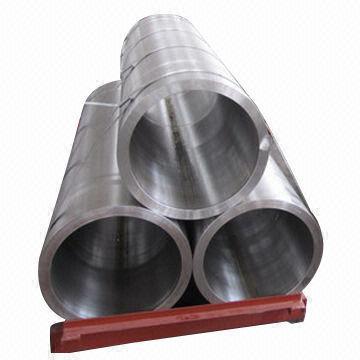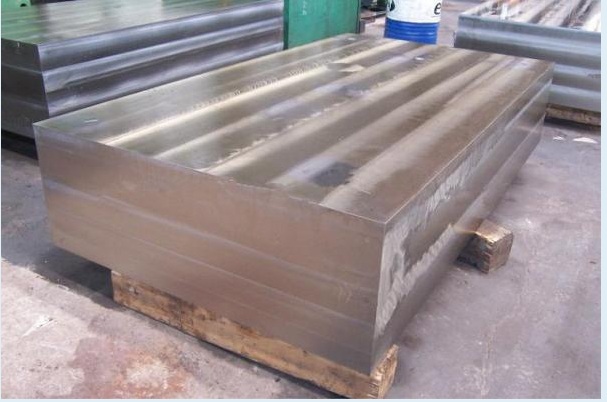
|
AISI 4150 SAE 4150 UNS G41500 Forged forging Steel Round Bars Hollow Bars Rods Square rectangular rectangle Blocks Discs Disks Plates Flat Hex Bars
型号:
parameters1:
parameters2:
parameters3:
parameters1:
parameters2:
parameters3:


We are professional AISI 4150 SAE 4150 UNS G41500 Forged forging Steel Round Bars Hollow Bars Rods Square rectangular rectangle Blocks Discs Disks Plates Flat Hex Bars from china
FORGING 4150 ALLOY STEEL
This steel should be forged between 2200 and 1600 º F (1200 and 870 º C.) The lower the finishing temperature from forging, the finer will be the grain size. This alloy should ideally not be forged below 1600 º F (870 º C) and should be slow cooled after forging.
APPLICATIONS OF AISI / SAE 4150
This alloy is used as forgings in the aerospace and oil and gas industries, and has myriad uses in the automotive, agricultural and defense industries, Typical uses are forged gears, shafts, and spindles.
HEAT TREATMENT
The alloy is heat treated to render it suitable for machining, and to meet the mechanical property ranges specified for its particular applications.
ANNEALING
Annealing of 4150 forgings may be carried out by transferring the part straight from the forging operation to a furnace held at a suitable temperature, around 1500 º F (815 º C), for annealing, holding for a suitable time then furnace cooling, forming a structure suitable for machining. This kind of treatment is best used for parts with simple shapes. If some areas of a forging will finish much colder than others then a uniform structure will not be obtained, in which case a spheroidizing anneal at around 1380 º F (750 º C) might be used. It is safe to say that experience alone will decide the best type of annealing treatment to be used prior to machining.
NORMALIZING 4150 ALLOY STEEL
Normalizing may be defined as heating a steel to a temperature above the ferrite to austenite transformation range and then cooling in air to a temperature well below this transformation range. This treatment may be carried out on forged or rolled products as a conditioning treatment prior to final heat treatment. Normalizing also serves to refine the structure of forgings that might have cooled non-uniformly from their forging operation. The nominal normalizing temperature range for 4150 grade is 1600 to 1700 º F (870 to 925 º C). followed by air cooling. In fact when forgings are normalized before, say, carburizing or hardening and tempering, the upper range of normalizing temperatures is used. When normalizing is the final heat treatment, the lower temperature range is used.
HARDENING
This heat treatment results in the formation of martensite after quenching and hence an increase in strength and hardness together with a significant loss of ductility. The steel should be austenitized at 1500 to 1550 º F (815 to 845 º C), the actual temperature being a function of chemical composition within the allowed range, section size and cooling method. Smaller sections of 4150 might be quenched in oil, heavier sections in water.
TEMPERING
Tempering is carried out to relieve stresses from the hardening process, but primarily to obtain the required mechanical properties. The actual tempering temperature will be chosen to meet the required properties, and in many cases will be a matter of trial and error. This alloy steel should not be tempered between 400-790 º F (200-420 º C) to prevent embrittlement.
This grade may also be hardened by nitriding or flame or induction hardening.
MACHINABILITY
The alloy is readily machinable after annealing. The optimum structure for machining of this alloy is normally one of coarse lamellar pearlite to coarse spheroidite.
Products Search


